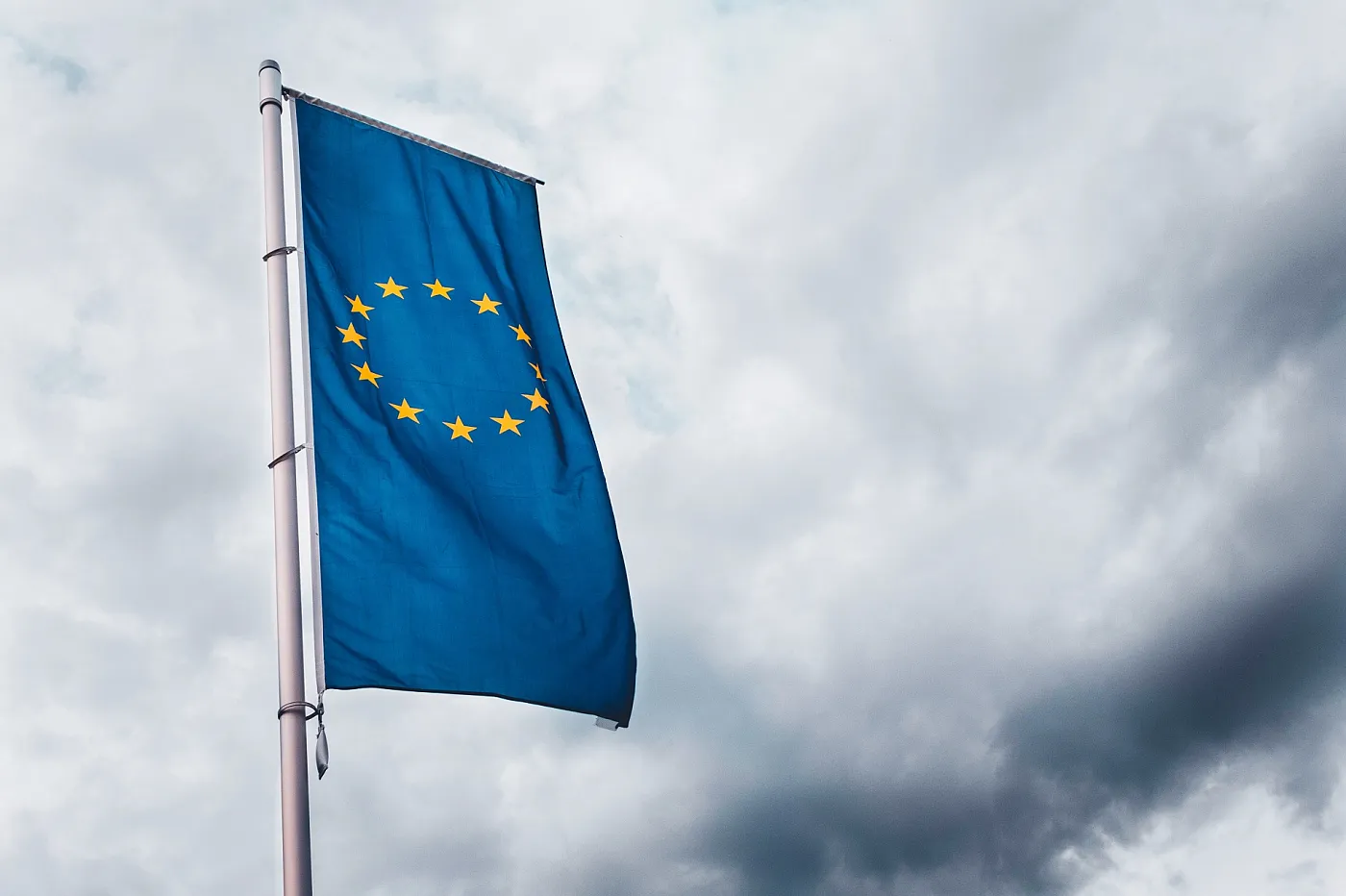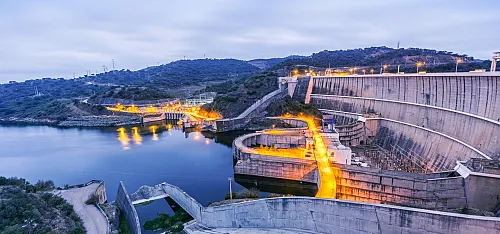01.07.2013
Modelo Continente’s proposed acquisition of supermarket chain in Madeira cleared by the Competition Authority on the basis of the failing firm defence
On May 2, 2013, the Portuguese Competition Authority (“PCA”) authorized a concentration consisting in the acquisition, by Modelo Continente Hipermercados, S.A. (“MCH”) of 9 “Hiper Sá” supermarkets (“Hiper Sá”), located in the Madeira Island and owned by Jorge Sá, S.A.
This was the first concentration authorised in the national market solely on the basis of a so-called “failing firm defence”, also referred to by the PCA as the “imminent failure argument”.
What does the “imminent failure argument” consist of?
A concentration subject to prior mandatory notification shall be authorized if it is not found likely to create significant impediments to effective competition in the market. The underlying assessment focuses on the modifications to the competitive situation brought about by the concentration when compared to the market situation in the absence of the concentration, i.e., when compared to an alternative hypothetical scenario usually referred to as “counterfactual”.
When the concentration notified concerns an undertakings which is about to exit the market due to financial difficulties, the relevant counterfactual is not likely to be the market situation at the time the concentration occurs but rather, an (alternative) scenario in which the exiting of such undertaking is factored in (hence, the “imminent failure argument”).
In order for the argument to be considered, certain condition or requisites must be met. In this regard, the PCA refers in particular to two key requisites: (i) a finding that the target company is indeed facing financial difficulties and (ii) a finding that there are no alternative less restrictive scenarios.
The “imminent failure argument” in practice...
Jorge Sá, SA is the mother company of a Madeira-based group involved for several decades in retailing and which had conducted a successful regional-wide food-based retailing operation.
For the past two years, however, the economic and financial situation of the group was deteriorating and in November 2012, the company was subject to a “Special Revitalization Procedure” (the Processo Especial de Revitalização or “PER”).
Apart from the Sá Group, the main food-based retailers present in the Madeira Island are MCH (the Acquirer and Notifying party in this concentration) and Pingo Doce. The remaining “modern” retailing offer is divided between the Spar supermarket chain (operating mainly in the Funchal Municipality) and other smaller players.
The concentration was therefore of horizontal nature and concerned two of the three largest market players. The relevant (local) markets were highly concentrated and the three largest players were found to be close competitors.
An assessment of the concentration considering the market situation prior to the concentration would therefore point to potential serious concerns on its impact on competition, taking into account the “disappearing” of one relevant player and the fact that it would be acquired by a close competitor (MCH).
However, an assessment of the economic and financial situation of the Sá Group showed that it was necessary to assess the real effects of the concentration by reference to a different counterfactual, in light of the severe financial difficulties faced by the company and the absence of less restrictive alternative scenarios.
Indeed, the seller was facing a severe inability to fulfill its legal obligations towards suppliers and employees; it was unable to obtain appropriate financing and to guarantee the operation of its stores. The fact that the company had been subject to a PER was a strong indication of such difficulties but not conclusive in itself, as the PER is mainly intended to create conditions for the company to recover. In the case at hand, however, it was clear that the transaction notified would be an essential pillar to such recovery, and that in the absence thereof, the company would end up being subject to a bankruptcy procedure. The PCA’s own inquiries during the proceedings corroborated this.
On the other hand, the factual information on the target-stores performance evidenced a drastic reduction in the sales, a deterioration of their operating conditions, all of which was made more serious in light of the group’s inability to ensure the keeping in operation of the stores: 4 out of the 9 target-sores had already been shut down at the time of filing of the notification and 3 others were closed while the proceedings was pending due to outstanding debts with the electricity company that determined the stopping of electricity supplies by the latter.
As a result of the above, the existence of severe financial difficulties could be established. As a subsequent step, it was necessary to ascertain whether there were, in casu, any less restrictive alternatives to the acquisition notified. The (recent) events that preceded the initiation of the PER indicated that the Sá Group had not received any alternative offers from (several) other retailers contacted to that effect. Likewise, no alternative solutions to the definite sale of stores had been possible to implement. Despite this “historical” background, the PCA decided to inquire directly a set of competitors regarded as less restrictive alternatives (to MCH) about their potential interest in acquiring all or part of the target-stores or associated assets. No credible manifestations of interest were received in response to such inquiries.
At the same time, the drastic reduction of sales by the target-stores and the closing of the majority of them (all of which was exogenous to the concentration notified) had already resulted in a diversion of demand from the target-stores to the stores of MCH as well as of its main competitor. Indeed, the calculations run by the Notifying party is respect of effective and/or estimated diversion ratios indicated that a very significant part of the sales lost by the target-stores had been captured by the Notifying party and by its main competitor.
Finally, an alternative scenario whereby the assets would be acquired pursuant to bankruptcy procedure (in case of failure of the PER) and then reopened to the public in the short term was found to be unlikely and merely theoretical, in light of the information made available in the merger control proceedings.
As a result of the above, the relevant counterfactual against which the effects of the concentration was to be assessed – the bankruptcy of the Sá Group – was characterized by a disruption of supply in the supply in the relevant markets, a transfer of clients to competitors, a reduction in the level of service, a loss of value and deterioration of the assets and a negative effect also on the remaining retailing assets of the Sá Group (namely, the stores not involved in this concentration). Considering this counterfactual, it could be concluded that the notified concentration was not likely to create significant impediments to effective competition in the relevant markets and, as a consequence, it was authorized by the PCA.



